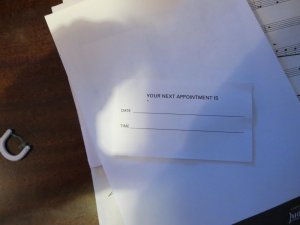I've been working on scenery for a week, and having finished ballasting the track thought I'd see how well the loco performed on the track. It didn't. It's a Minitrix 4-6-2, and wasn't working when I first started this project, but replacing the wire from the tender to the motor, and cleaning and oiling, made it work pretty well. It was working when I set it aside a week ago, although it needs new traction bands. But when I tried it after a week's rest, it wouldn't move. So I took the shell off, and found that I could rotate the wheels 180 degrees in either direction, whereupon they stuck. I removed the motor, and it runs fine. By working the wheels back and forth (no motor) I can now turn them 360 degrees with only a slight bind at one spot, but if I turn them in the opposite direction there is a pretty hard bind in that one spot until I've made two or three revolutions, whereupon there is only a slight bind. I can't see any sticking of the con rods, the opposite pins are 90 degrees to one another. The drive wheels have some side play, maybe 5 thou. Any suggestions? Please? This thing is driving me nuts.
Thanks in advance.
Ian Cameron
Thanks in advance.
Ian Cameron


